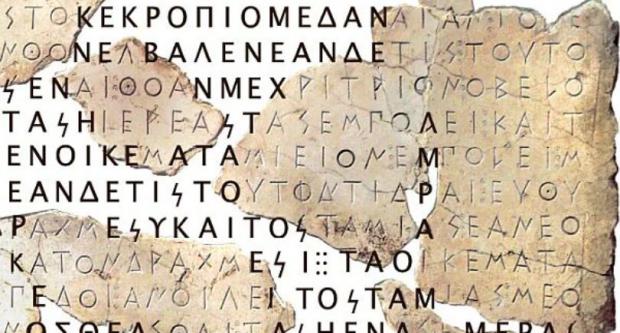
Breaking News
 Silver up over $2.26... Today! $71.24 (and Gold close to $4500)
Silver up over $2.26... Today! $71.24 (and Gold close to $4500)
 GARLAND FAVORITO: More and more fraud from the 2020 election in Fulton County, Georgia...
GARLAND FAVORITO: More and more fraud from the 2020 election in Fulton County, Georgia...
 Rep. Matt Gaetz tells Tucker Carlson that agents of the Israeli govt tried to blackmail his...
Rep. Matt Gaetz tells Tucker Carlson that agents of the Israeli govt tried to blackmail his...
 Trump: We need Greenland for national security… you have Russian and Chinese ships all over...
Trump: We need Greenland for national security… you have Russian and Chinese ships all over...
Top Tech News
 Travel gadget promises to dry and iron your clothes – totally hands-free
Travel gadget promises to dry and iron your clothes – totally hands-free
 Perfect Aircrete, Kitchen Ingredients.
Perfect Aircrete, Kitchen Ingredients.
 Futuristic pixel-raising display lets you feel what's onscreen
Futuristic pixel-raising display lets you feel what's onscreen
 Cutting-Edge Facility Generates Pure Water and Hydrogen Fuel from Seawater for Mere Pennies
Cutting-Edge Facility Generates Pure Water and Hydrogen Fuel from Seawater for Mere Pennies
 This tiny dev board is packed with features for ambitious makers
This tiny dev board is packed with features for ambitious makers
 Scientists Discover Gel to Regrow Tooth Enamel
Scientists Discover Gel to Regrow Tooth Enamel
 Vitamin C and Dandelion Root Killing Cancer Cells -- as Former CDC Director Calls for COVID-19...
Vitamin C and Dandelion Root Killing Cancer Cells -- as Former CDC Director Calls for COVID-19...
 Galactic Brain: US firm plans space-based data centers, power grid to challenge China
Galactic Brain: US firm plans space-based data centers, power grid to challenge China
 A microbial cleanup for glyphosate just earned a patent. Here's why that matters
A microbial cleanup for glyphosate just earned a patent. Here's why that matters
 Japan Breaks Internet Speed Record with 5 Million Times Faster Data Transfer
Japan Breaks Internet Speed Record with 5 Million Times Faster Data Transfer
Google's DeepMind AI fills in the blanks on broken ancient texts

To aid research into the history of human writing, the company has now turned its technology to the task of restoring incomplete ancient texts, where it has performed with an impressive degree of accuracy.
In the last five or so years we've seen DeepMind's AI technology take some impressive leaps that have demonstrated its practical potential and ability to tackle some of the most complex problems in science, like those mentioned above. Other examples include improving the accuracy of rain forecasting, beating the world's best Go players and cutting costs at parent company Google's data centers.
In turning its hand to ancient history, DeepMind now aims to bring new clarity to ancient inscriptions that have become damaged, moved from their original location or are unable to be accurately dated. To do so, DeepMind researchers teamed up with historians and scientists in Italy, England and Greece, and trained the AI on the largest digital dataset of Greek inscriptions, using both individual characters and complete words as inputs.
The resulting AI tool, which the team has called Ithaca after the Greek island described in Homer's Odyssey, was able to restore damaged texts with an accuracy of 62 percent, identify their original location with 71 percent accuracy and correctly date texts to within 30 years of their true date of creation.



